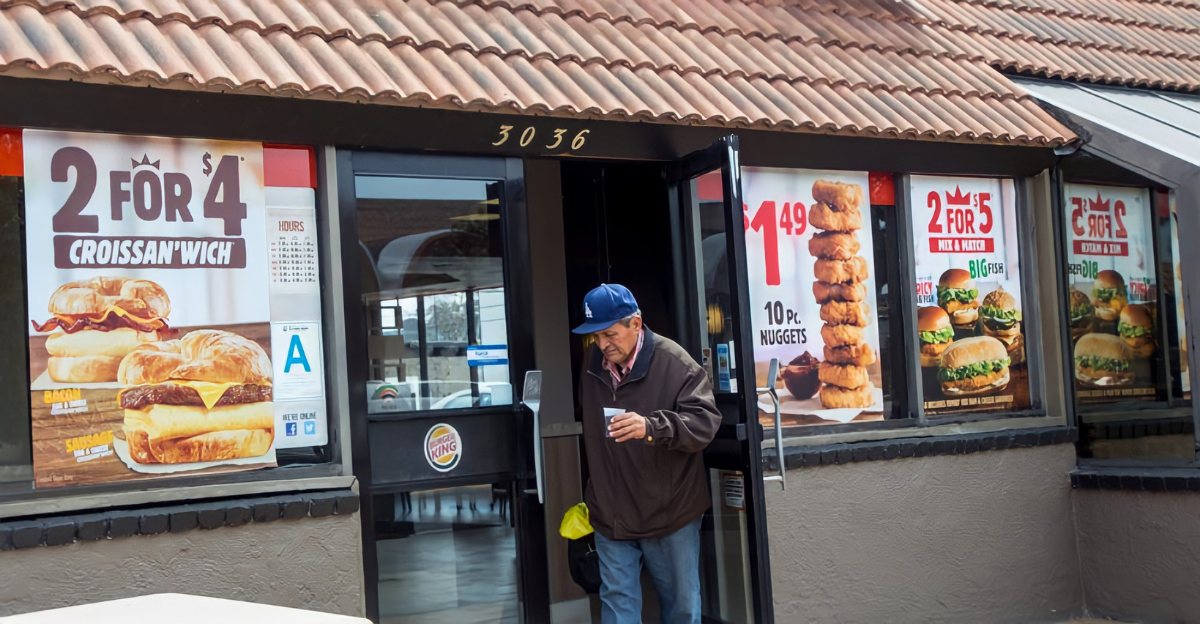
The glowing signs of America’s favorite fast food joints are disappearing, quietly, but rapidly. While the industry still looks strong from the outside, some of its most iconic chains are collapsing behind the scenes. In 2025 alone, more than 1,000 fast food locations shut down permanently. These aren’t just business closings; they mark the decline of cultural staples that once defined how Americans eat, gather, and work.
1. Quiznos
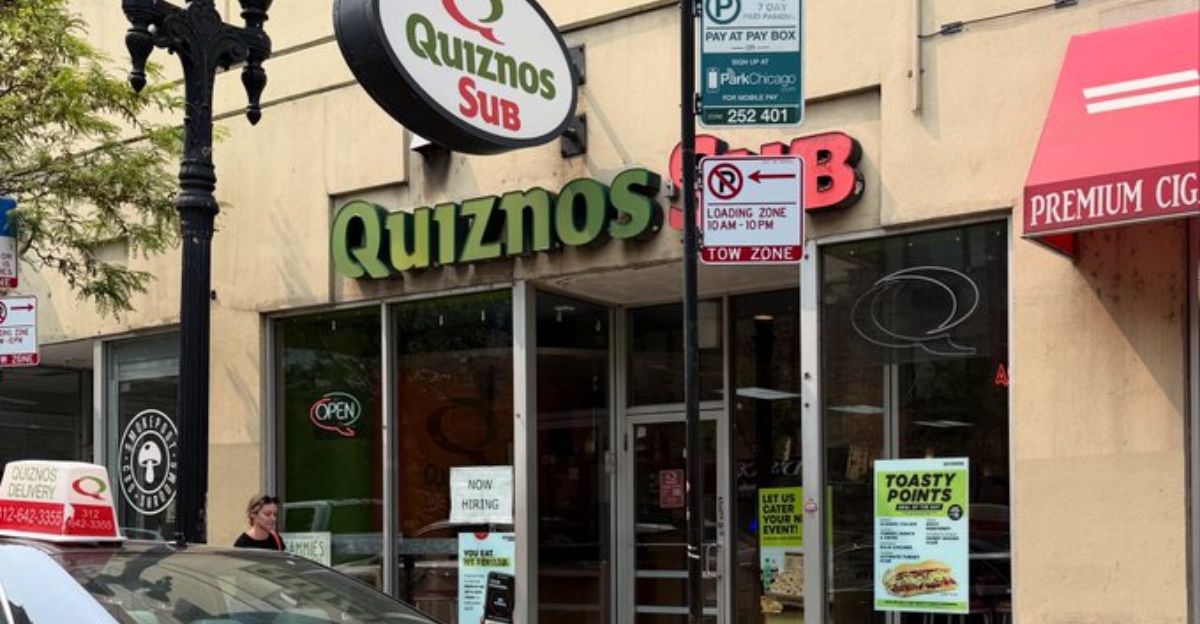
Quiznos once posed a real threat to Subway, boasting 4,700 locations at its peak. Today, it’s been reduced to fewer than 200, an astonishing 96% decline. Its downfall stemmed from a business model that forced franchisees to buy overpriced supplies from corporate. While customers loved the toasted subs, franchisees couldn’t survive, revealing the dark side of vertical integration in fast food.
2. Boston Market
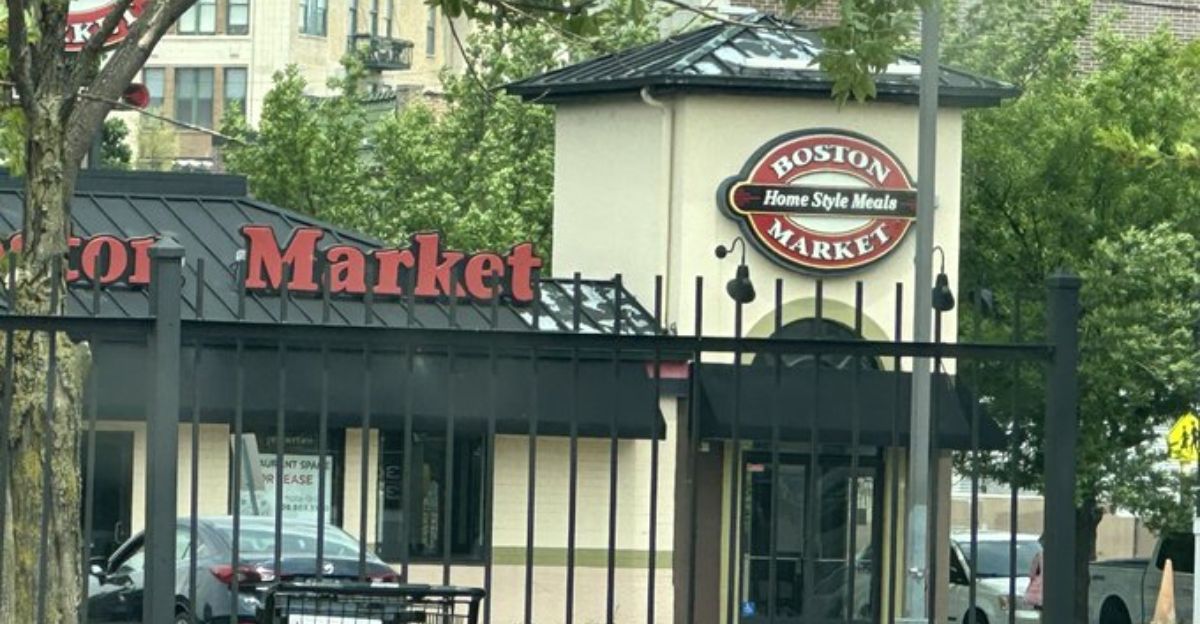
Once a go-to for rotisserie comfort food, Boston Market now symbolizes a fast fall from grace. With its headquarters seized for unpaid taxes and lawsuits piling up over vendor debt, the chain is crumbling. In 2025, some franchisees resorted to buying ingredients from grocery stores to keep doors open, turning restaurants into glorified microwave kitchens.
3. Steak ‘n Shake
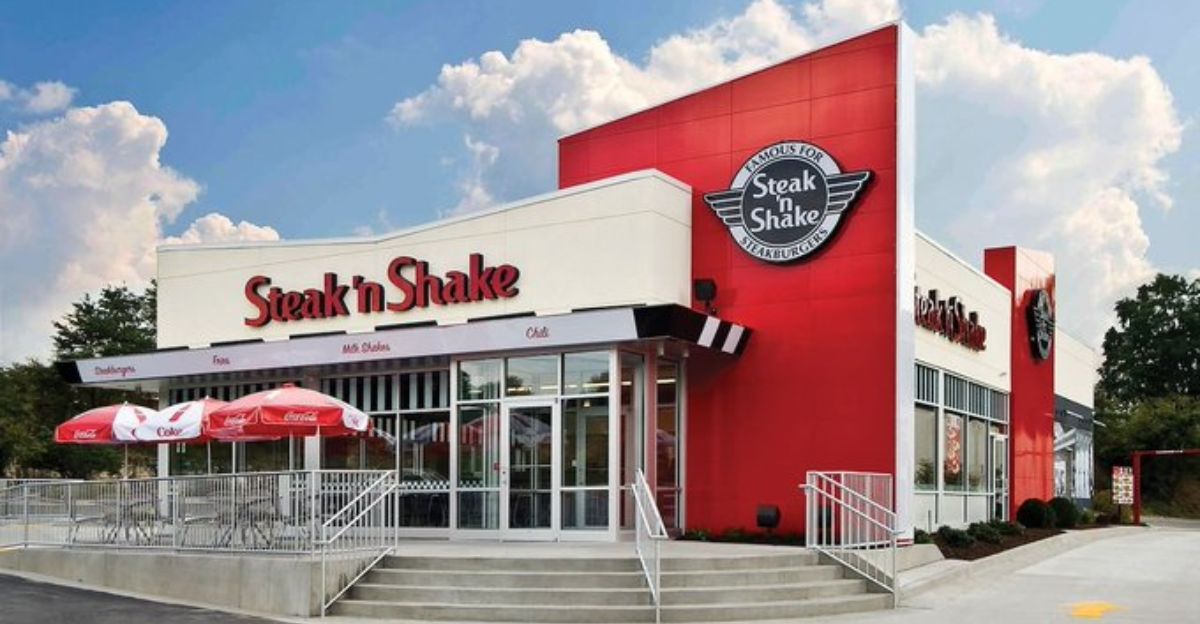
Steak ‘n Shake is fading fast, having closed 30 more restaurants in 2022. Over the past four years, it has lost nearly 20% of its locations. A $50 million investment in kiosks was meant to cut labor costs, but it backfired; wages rose, prices climbed, and customer service tanked. It’s a modern fast food paradox with no clear way out.
4. Hooters
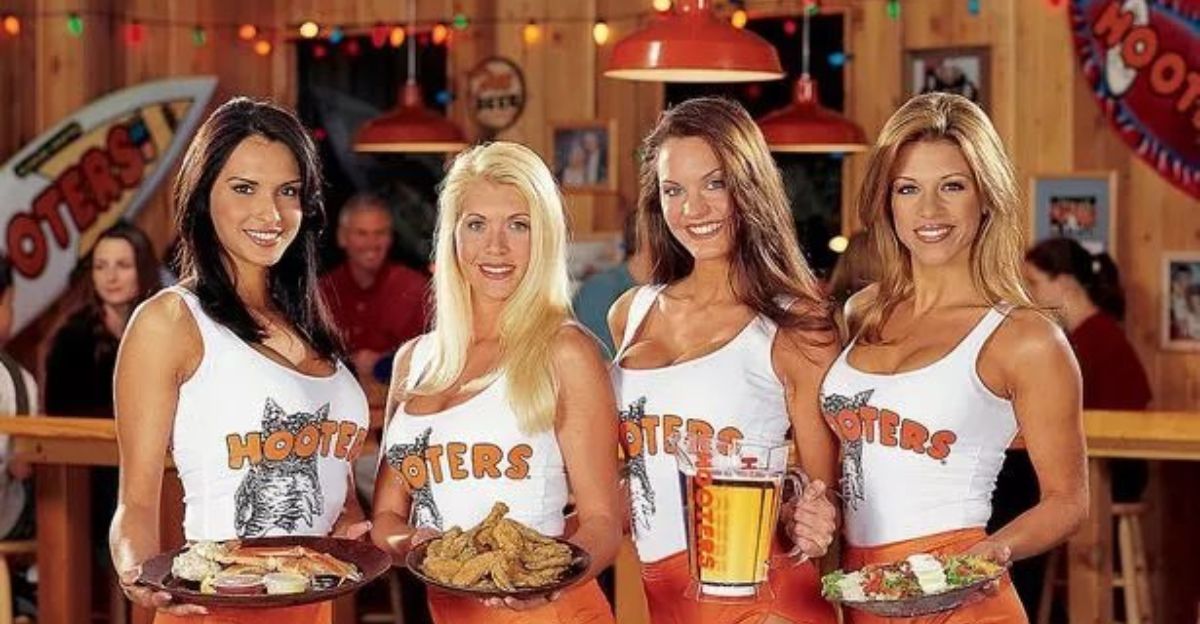
Hooters shuttered more than 30 restaurants this month, part of a broader retreat after filing for bankruptcy in March. The shift to a franchise-only model can’t hide the truth: the brand’s central concept feels out of sync with today’s values. Younger diners want inclusivity and authenticity, and many now see Hooters as a relic of a different era.
5. Ruby Tuesday
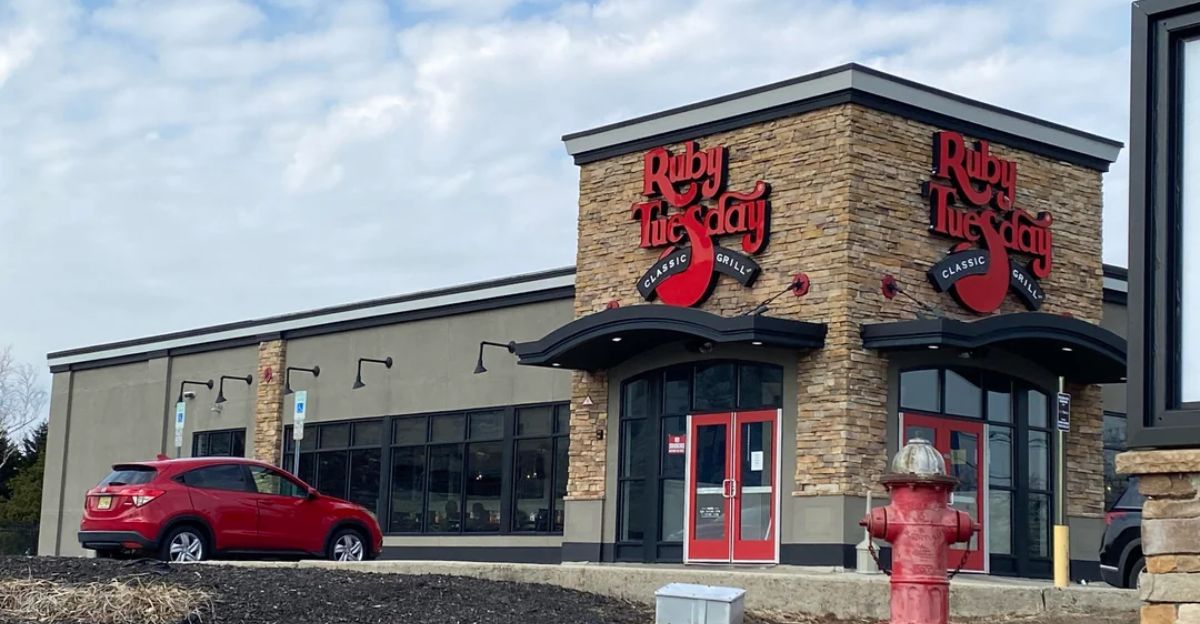
Ruby Tuesday has closed over 150 locations since 2020, often without a word. Websites were updated, signs came down, but no official announcements followed. It’s part of a quiet fadeout strategy. The brand’s failure to attract younger diners reflects a broader issue: mid-tier chains are being squeezed out by high-end dining on one end and fast food on the other.
6. On the Border
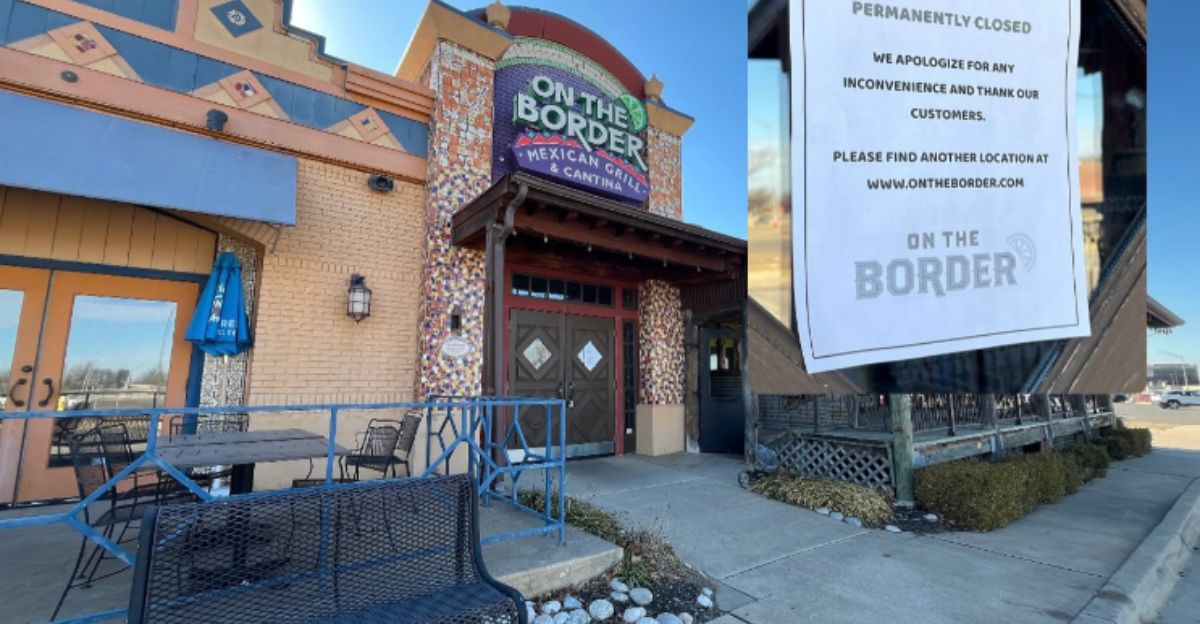
After shuttering 40 locations, On the Border filed for Chapter 11 in 2025. The company blamed shrinking foot traffic, wage increases, and labor shortages. For chains like this, which depend on skilled cooks and fresh ingredients, it’s a perfect storm. Even niche favorites aren’t safe as the fast-casual industry buckles under pressure.
7. Jack in the Box
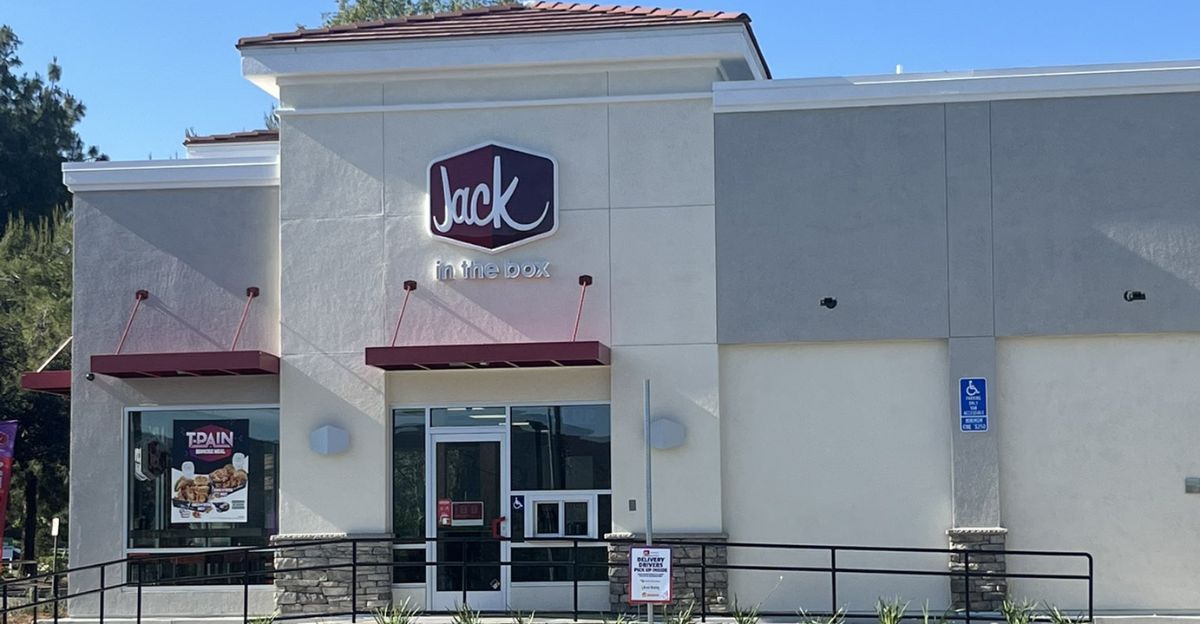
Jack in the Box plans to close up to 200 underperforming locations under its “Jack on Track” program. Many of these stores are decades old, and their closures reveal a harsh reality: the suburban sprawl strategy that once fueled growth is outdated. Changing demographics and dining habits have caught up with the brand’s aging footprint.
8. Sbarro
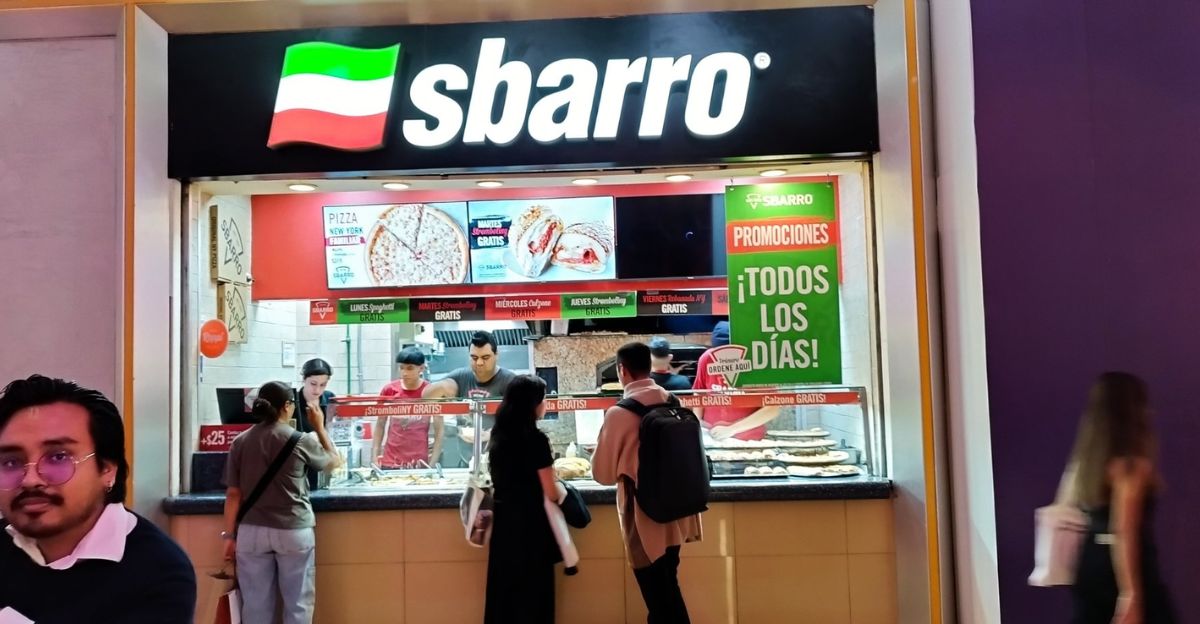
Sbarro’s third bankruptcy filing in recent years exposed the risks of relying on malls and airports. In a single blow, it closed 155 company-owned restaurants. The chain was built around convenience and impulse purchases, not destination dining. As shopping malls decline and travel patterns shift, Sbarro finds itself without a captive audience or a plan B.
9. eegee’s
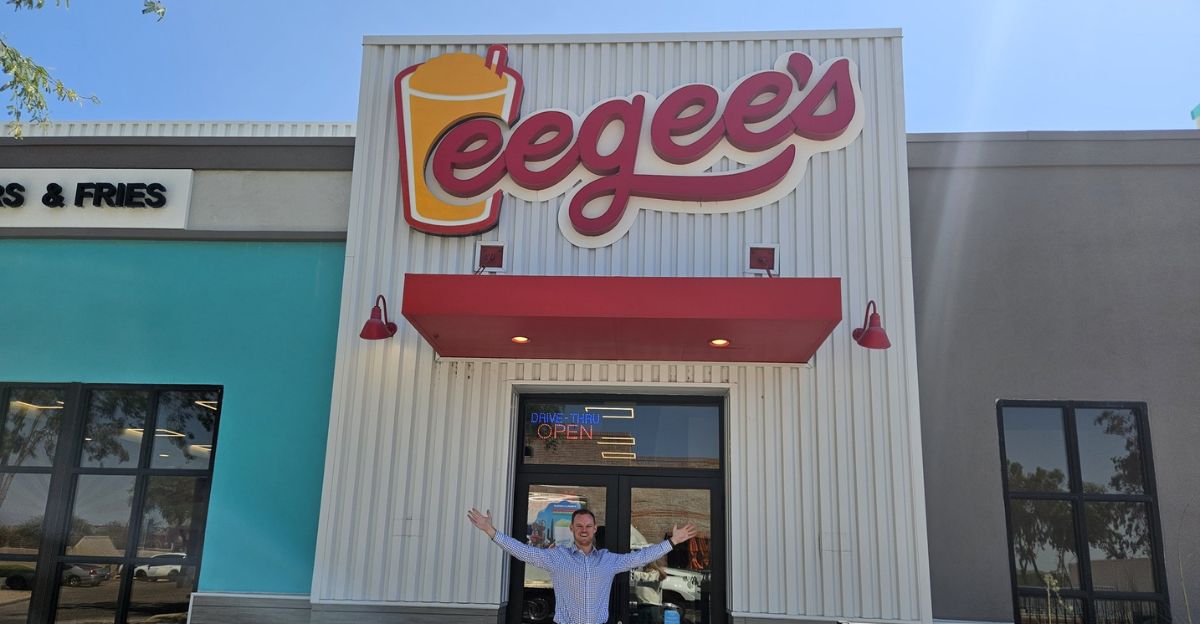
Beloved in Arizona for its frozen drinks and subs, eegee’s filed for bankruptcy after closing five stores. The trouble began after a sale to private equity firm 39 North Capital. What followed was all too familiar: quality declined, and cost-cutting took over. Even regional gems can falter when profit margins take priority over customer loyalty.
10. Krystal
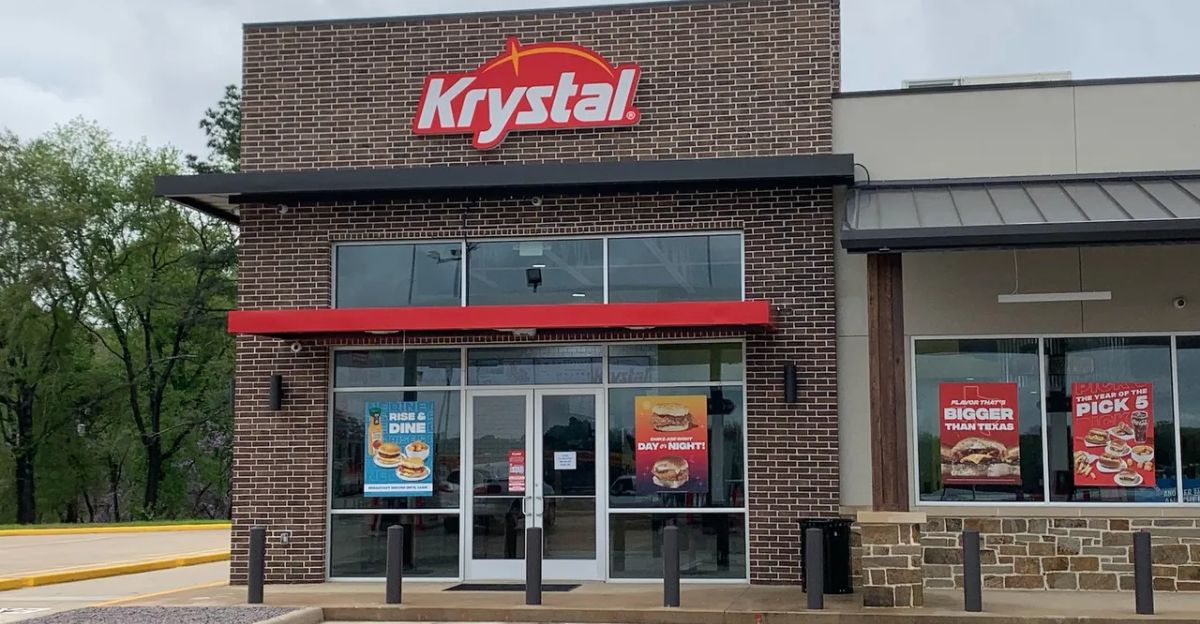
Krystal, one of America’s oldest fast food chains, filed for bankruptcy with up to $100 million in debt. The company pointed to changing tastes and the rise of food delivery apps. Drive-thru classics like Krystal now face an uphill battle in an app-first world where convenience looks a lot more digital, and less nostalgic.
11. Fuddruckers
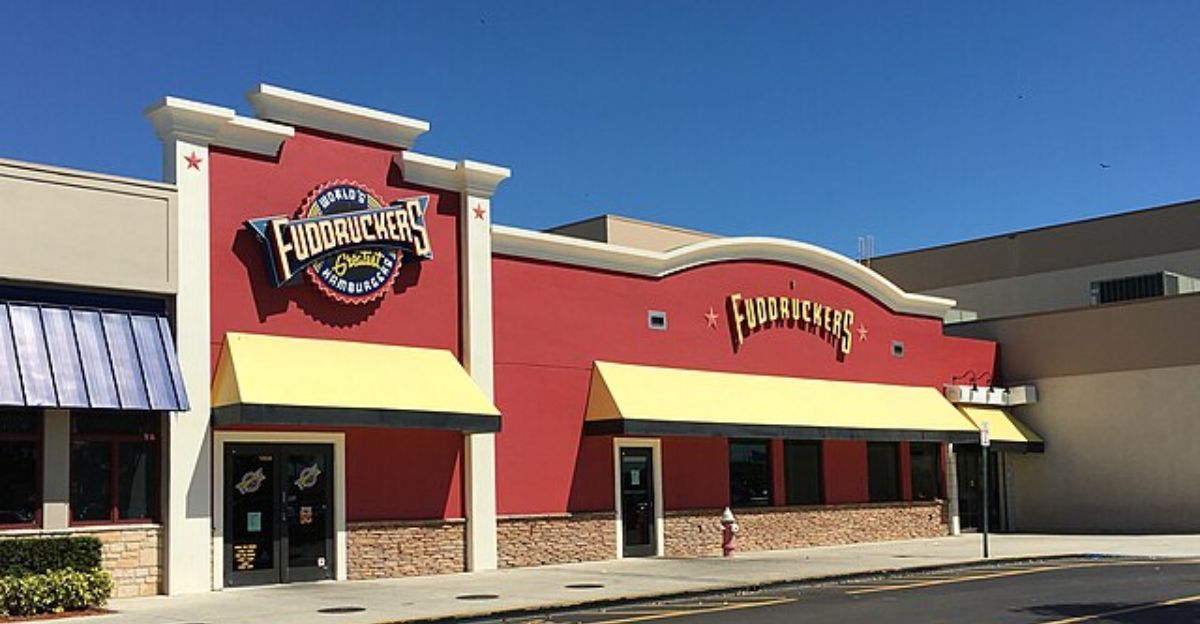
Fuddruckers’ journey through bankruptcy and multiple ownership changes shows how fan-favorite chains can get lost in financial wrangling. Sold for $63.45 million to Luby’s in 2010, which later began liquidation, the brand was trapped in limbo. For all its big flavor, Fuddruckers became just another asset on a balance sheet, not a destination for diners.
12. Schlotzsky’s
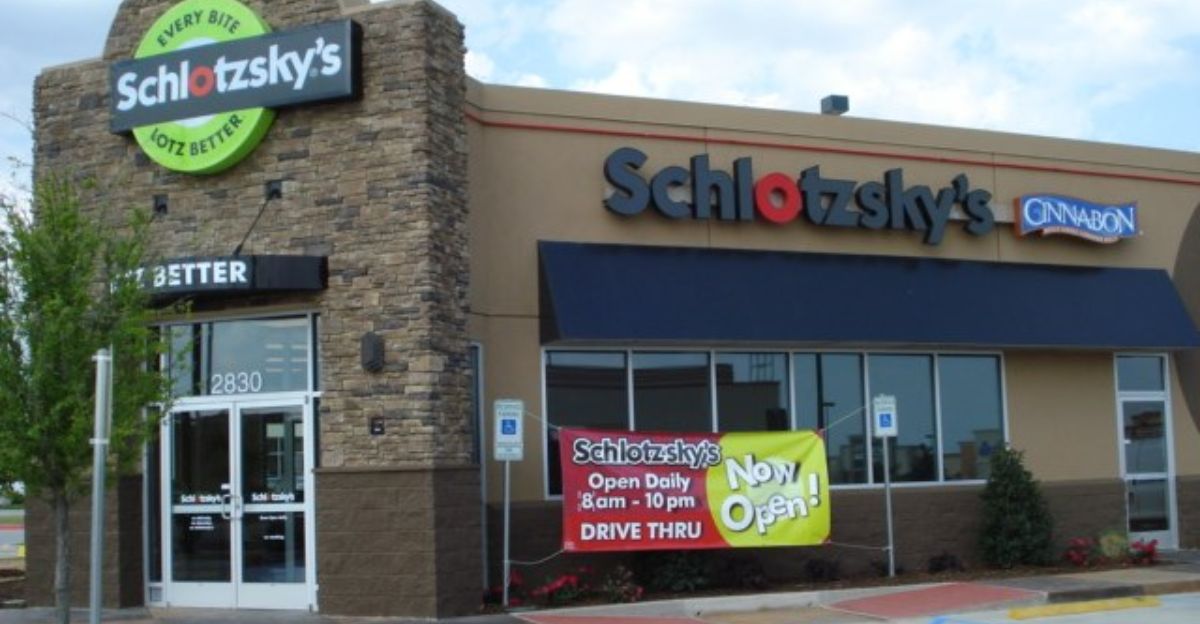
Once 759 strong, Schlotzsky’s dropped below 500 locations before filing for bankruptcy. After being sold for $28.5 million, franchisees were left treading water while shareholders lost everything. The brand’s decline highlights the human toll of financial restructuring, and how debt and leadership missteps can sink even a well-loved deli chain.
13. Long John Silver’s
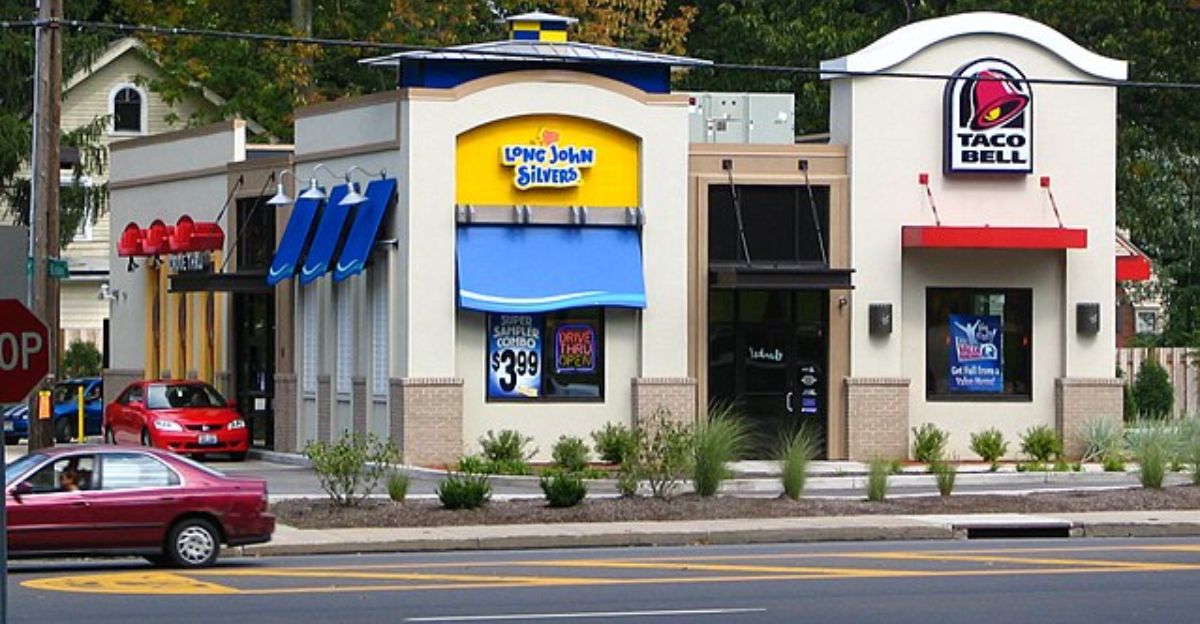
From 1,500 locations at its peak to just 700 today, Long John Silver’s has been slowly slipping beneath the surface. Its decline dates back to 1989, when debt led to privatization. Since then, it has bounced between corporate owners, none of whom modernized its aging menu or model. Limited offerings and outdated branding sealed its fate.
14. Blimpie
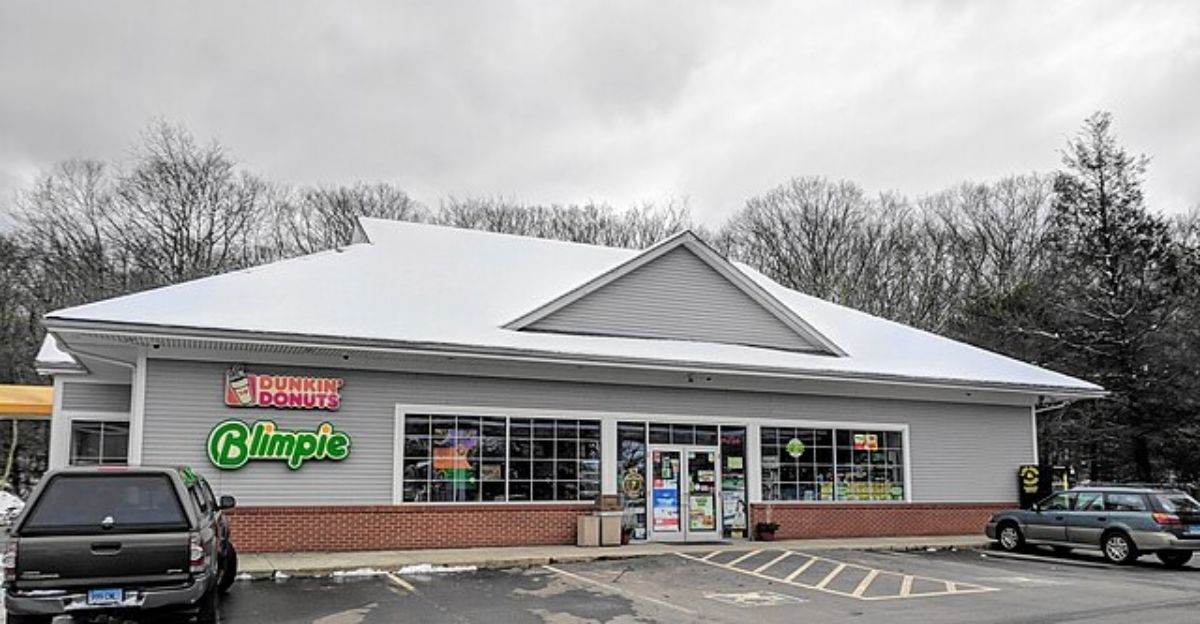
Blimpie once had over 2,000 stores; now it clings to just over 100. Launched in 1964, the chain was ultimately brought down by mismanagement, cutting corners, skipping supplier payments, and racking up debt. Desperate to stay afloat, the founders sold franchises aggressively, sacrificing long-term stability for short-term cash.
15. Fazoli’s
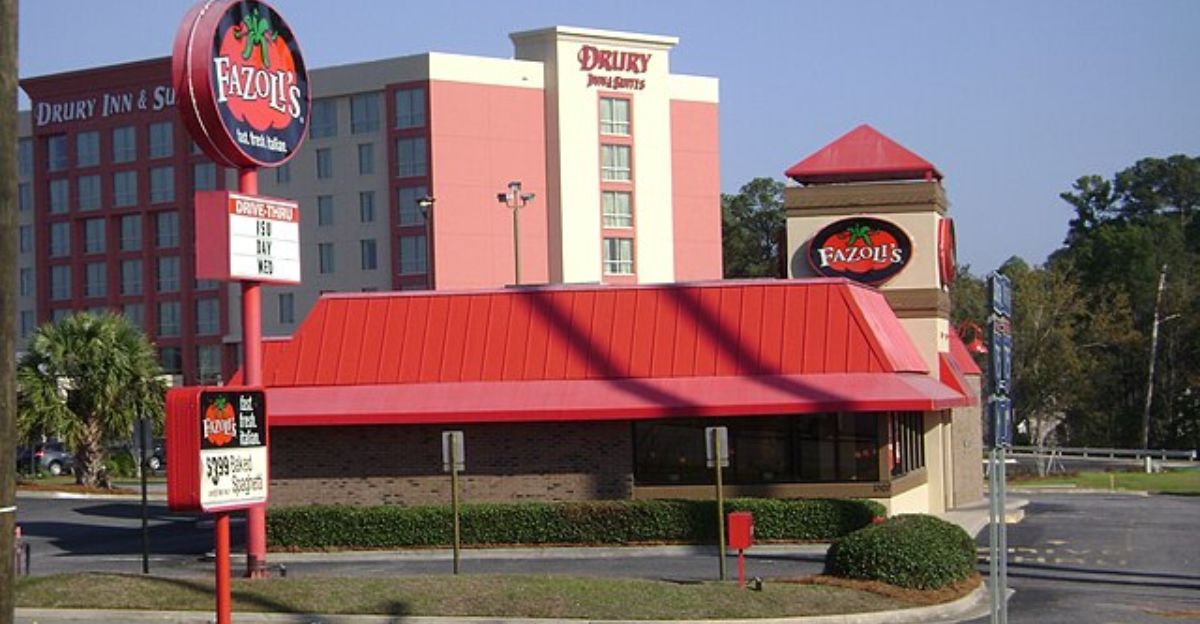
Fazoli’s, the largest fast-casual Italian chain in the U.S., has shrunk steadily over the past decade. Despite a 20% rise in sales at its remaining stores, the total footprint continues to shrink. This is the “survivor effect” at work, where only the strongest locations hang on, giving the illusion of strength while the brand erodes.
16. Wendy’s
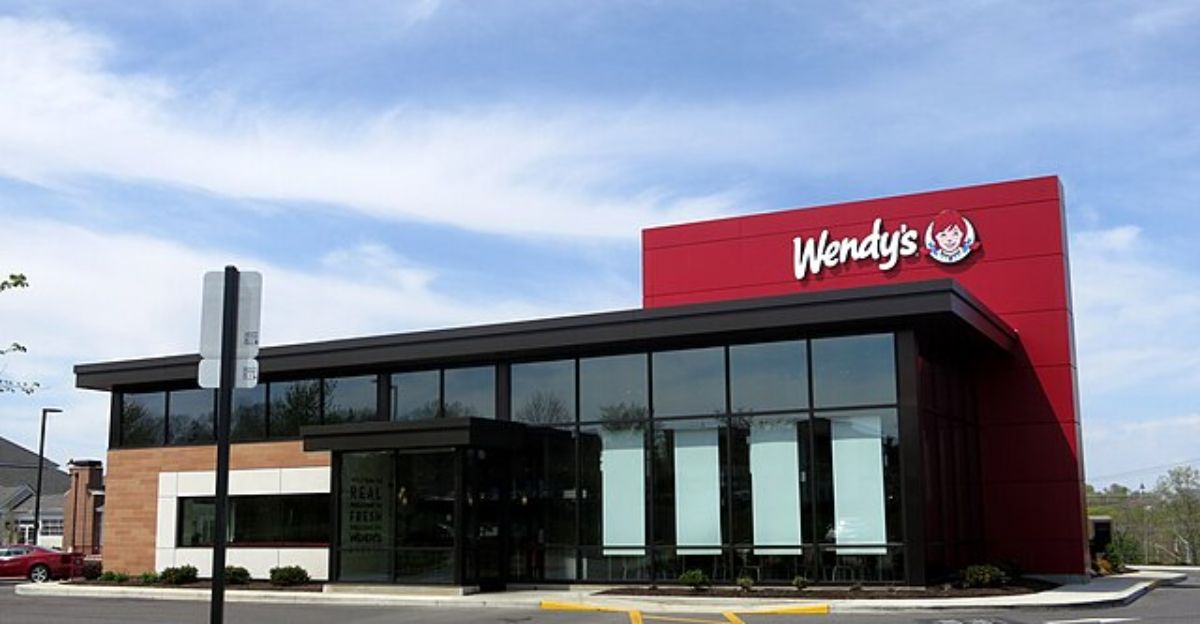
Wendy’s closed 140 struggling restaurants in 2024, even while building new ones. Executives say it’s part of a growth strategy, but it suggests deeper problems. This “build to grow” mindset, despite falling foot traffic, shows how the industry still leans on expansion instead of fixing what’s broken. It’s a red flag for more closures to come.
17. Subway
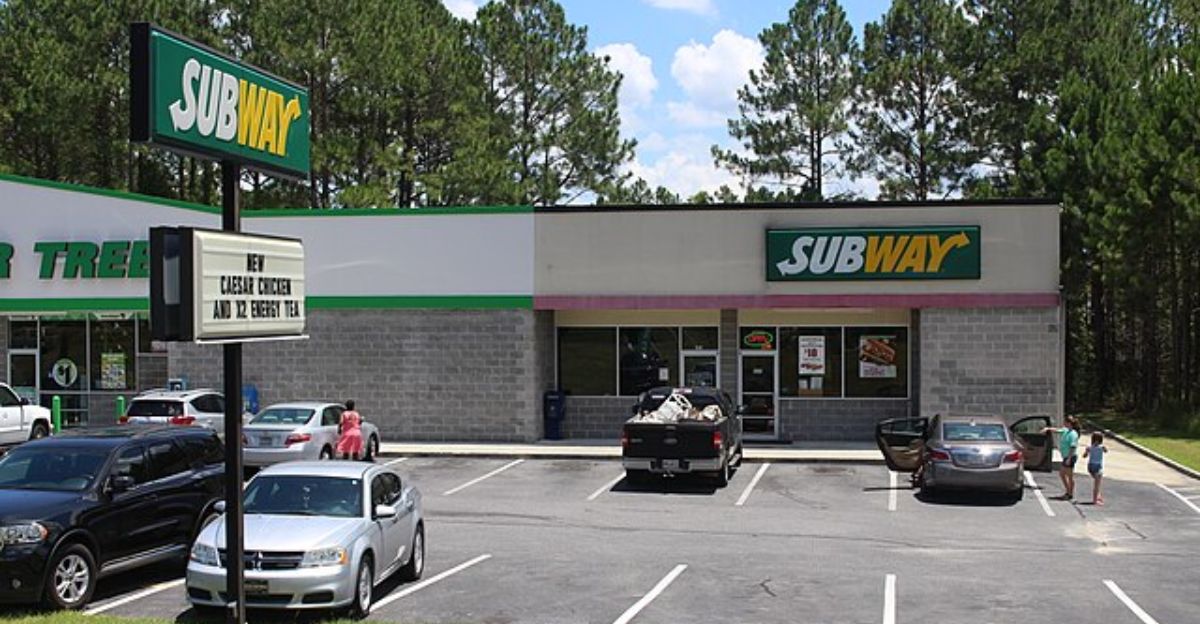
Once the world’s largest fast food chain by location count, Subway is now closing stores amid rising competition and shifting tastes. Its franchise-heavy model has led to inconsistent quality, damaging its reputation. Efforts to revamp the menu and redesign stores haven’t reversed the decline. As health-conscious and diverse dining options grow, Subway’s traditional offerings are losing ground, pushing more locations toward closure in 2025.
The Extinction Event: When the Lights Go Out

This wave of closures marks more than the end of burger joints and sub shops; it’s reshaping American communities. With over 1,000 chain restaurants closing each year, neighborhoods are losing gathering places, young people are losing entry-level jobs, and rural towns are becoming food deserts. As these cultural touchstones disappear, what replaces them, and who gets left behind?
